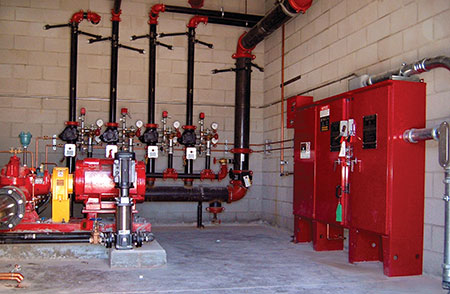Photovoltaic power systems, like other electrical power systems, require overcurrent protection for conductors, bus bars, and some equipment.
Serving up is what great professionals and leaders do to accommodate their clients, organizations, and coworkers. Don’t let those unwilling to serve, change your personal mission of serving others.
High-density polyethylene conduit (Type HDPE conduit) is defined as a non-metallic, coil-able, smooth-wall conduit of high density polyethylene for direct burial or encasement in concrete or masonry.
To play this game, you need a sharp eye, a quick mind and a 2014 National Electrical Code book. (Fill-in-the-blank questions are looking for the exact word(s) used in the NEC.)
A few years back while at an IAEI sanctioned event, I remember talking with a senior plan-checker about large-scale PV systems versus residential PV systems. I attempted to describe the major differences, but was met with skepticism and a general statement was made that large-scale PV systems “are no different than residential PV systems.”
Questions have been recently raised by some electrical contractors and designers in respect to electrical installations in dental offices per the CE Code.
Let's continue our journey through the National Electrical Code (NEC) by looking at Articles 695, 700, 701 and 702 for Combination Inspectors.
2015 was a successful year with the accomplishment of many initiatives making a healthier IAEI and positioning us for future growth. Let me share a few of our accomplishments.








